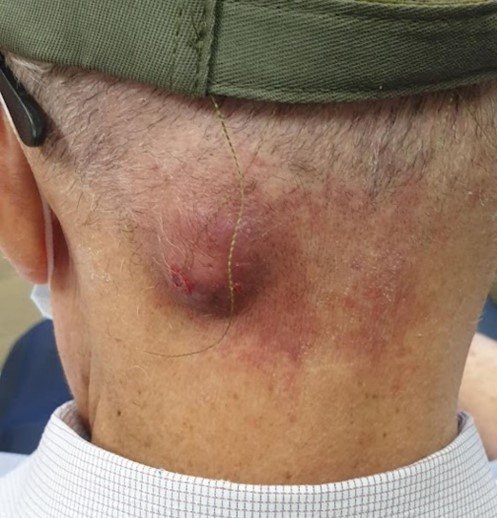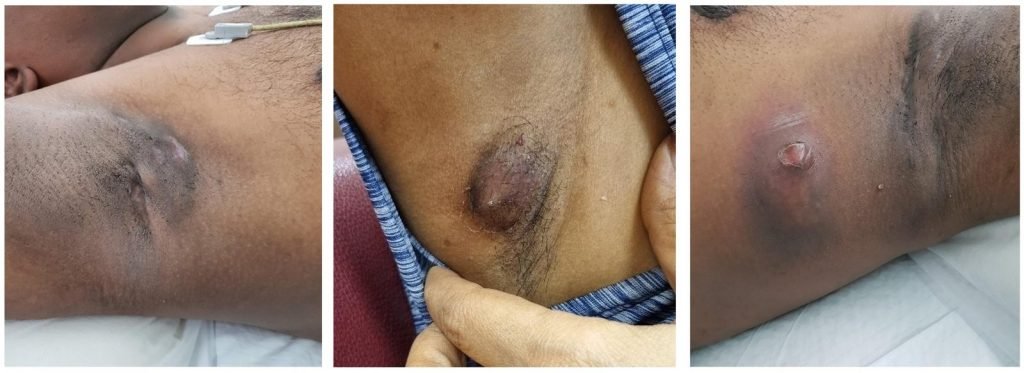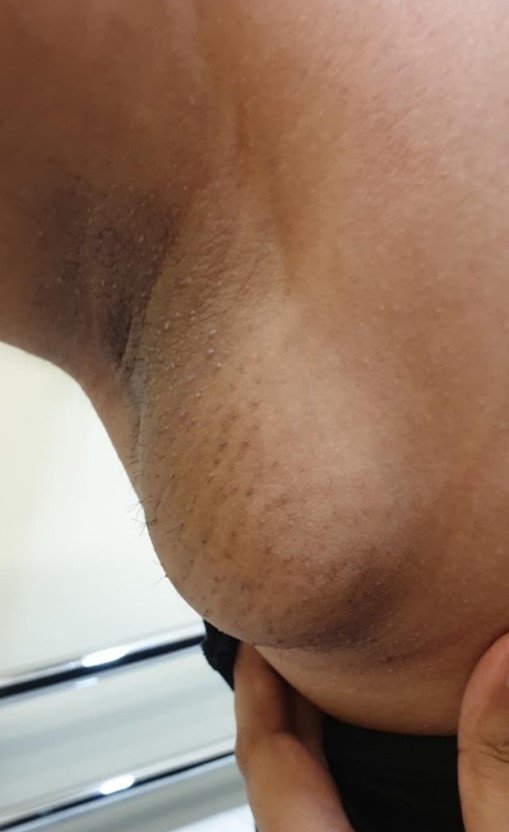Skin Lesions
Skin Lesion Surgery: Removal, Treatment, and Expert Care in Singapore
Overview
At Crest Surgical Practice, we are dedicated to providing surgical solutions for various skin conditions in Singapore. Our experienced team of surgeons specializes in a range of procedures, including lipoma surgery, skin abscess surgery, skin tag removal, skin cyst operation, and sebaceous cyst surgery.
Our Expertise
Lipoma Surgery in Singapore: Lipomas can be bothersome, but our skilled surgeons are here to address them with precision and care. We perform lipoma surgery to safely and effectively remove these fatty lumps.
Skin Abscess Surgery in Singapore: When skin abscesses become a concern, count on us to alleviate your discomfort. Our surgical expertise ensures thorough and prompt treatment.
Skin Tag Removal in Singapore: Unwanted skin tags can be unsightly and irritating. Let us expertly remove them, leaving you with smooth, blemish-free skin.
Skin Cyst Operation in Singapore: Cysts can be uncomfortable and cosmetically concerning. Our surgical procedures for skin cysts ensure your peace of mind and well-being.
Sebaceous Cyst Surgery in Singapore: Sebaceous cysts can be troublesome, but our surgical approach guarantees safe and effective removal, helping you regain clear and healthy skin.
Why Choose Crest Surgical Practice?
Experienced Surgeons: Our skilled surgeons have a wealth of experience in performing various skin surgeries, providing you with the highest standard of care.
Personalized Care: Every patient is provided with personalized attention, guaranteeing that your distinct requirements and concerns receive dedicated attention.
Don’t let skin conditions hinder your confidence or well-being. Schedule your consultation with Crest Surgical Practice today!
SKIN LESIONS: Common lumps and bumps
What are the common lumps and bumps?
“Lumps and bumps” are a common term used to describe growth that are seen on the surface of one’s body. There are many possible causes for such skin lesions but the commonly encountered conditions are lipoma, sebaceous cyst, enlarged lymph nodes and abscess.
It is important to seek consultation for any new growth detected especially if they are large or growing in size.
What are lipomas?

Lipomas are common skin lesions; they are slow-growing, benign fatty tumors that typically encapsulated with a thin fibrous capsule. They can be found anywhere on the body such as abdominal wall, back or on the limbs. These skin lesions are usually on the subcutaneous layer and have a soft lobulated feel on touching. Lipomas are rarely painful and usually do not get infected.
Liposarcoma on the other hand are cancerous fatty tumors. They can grow rapidly and are usually harder and more irregular. However, well differentiated liposarcoma can be difficult to tell apart from benign lipomas. Therefore, do consult your doctor for any rapidly growing skin lesions.
What are sebaceous cysts?

Sebaceous cysts are also known as epidermal or epidermoid cysts. They are the most common skin lesions that can occur anywhere on the body, mostly frequently on the back, scalp and trunk. These skin lesions are encapsulated and attached to the skin.
A punctum is commonly seen on its surface and may excrete a white pasty foul smelling substance. It is important that patients do not try to squeeze on them hoping they will disappear. The cyst will recur eventually as the cyst wall remains and the squeezing process predisposes the cyst to infection.
They are very rarely cancerous but can cause problems when infected. The patient will experience pain over the cyst which will usually be red and swollen. The management aim for an infected sebaceous cyst is to eliminate the infection via either antibiotics or surgical drainage.


What are enlarged lymph nodes?
Lymph nodes are bean shaped structures located throughout the body acting as a filtration system for the lymphatic drainage. Thus majority of the superficial lymph nodes are concentrated at regions such as neck, axilla and groin draining the respective regions. Lymphadenopathy refers to the enlargement of these lymph nodes. It can be regional, affecting only one group of lymph nodes or generalised, affecting two or more groups.
There are many conditions that can cause lymph nodes to be swollen. Most common is a reactive response to an infection. It is important to rule out cancer related causes, either hematological (e.g., lymphoma) or metastases from the drainage organs (e.g., enlarged axillary lymph nodes from breast cancer).
Imaging such as ultrasound or CT scan is needed to characterise the lymph nodes and to look for any primary cause. After that, biopsy will be needed and this can either be a needle biopsy of a surgical biopsy to obtain a bigger tissue.
What are axillary swelling?
There can be many causes for swelling at the armpit region. Common conditions include abscess, hidradenitis suppurativa and accessory breast tissue.
If the swelling is associated with pain, sudden swelling and/or discharge, the cause is likely infective in nature. Abscess is a collection of pus and it has to be drained as antibiotics alone are inadequate for treatment. Areas such as the armpits and groin are prone to abscesses due to excessive sweating and the presence of hair follicles in these regions.
Another common pathology at the axillary area is hidradenitis suppurativa. It is a chronic inflammatory skin condition that causes extensive scarring and abscesses. However, course of the disease is variable but the condition tends to be recurring.
The Hurley system is used to describe the stages of the disease:
- Stage 1: isolated abscess without scarring or sinus tracts.
- Stage 2: recurrent abscesses with sinus formation.
- Stage 3: diffuse involvement with multiple interconnected sinus tracts and abscesses.
Treatment includes general measures such as wound management and painkillers as well as specific medications such as topical cream and wash and oral antibiotics. Sometimes surgical procedure is needed to drain the abscess, remove persistent nodules and even radical excision of the affected area.


Another common swelling found in the axilla is accessory or supernumerary breast tissue. It is a relatively common congenital condition in which abnormal accessory breast tissue is found in addition to normal breast tissue. Sometimes it may only develop after puberty and is usually along the region of the milk line. Patient typically complains about swelling and pain of the affected region that usually worsen with pregnancy and changes in menstrual cycle. It is generally recommended that accessory breast tissue be excised.
Book Appointment
Book your consultation today for expert surgical care.
